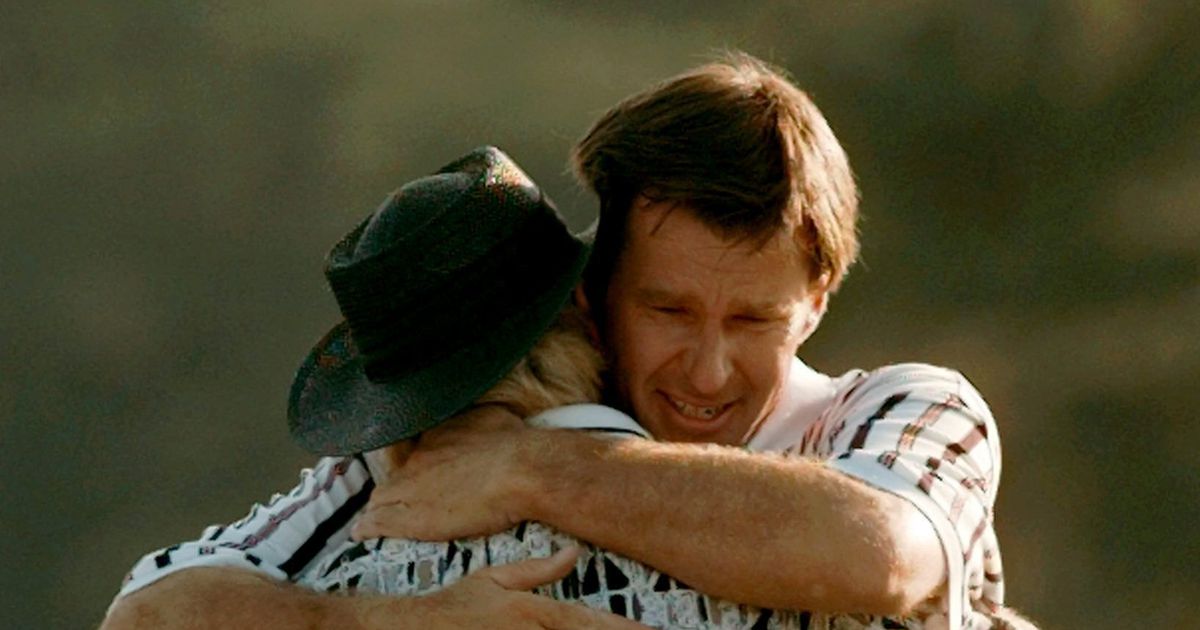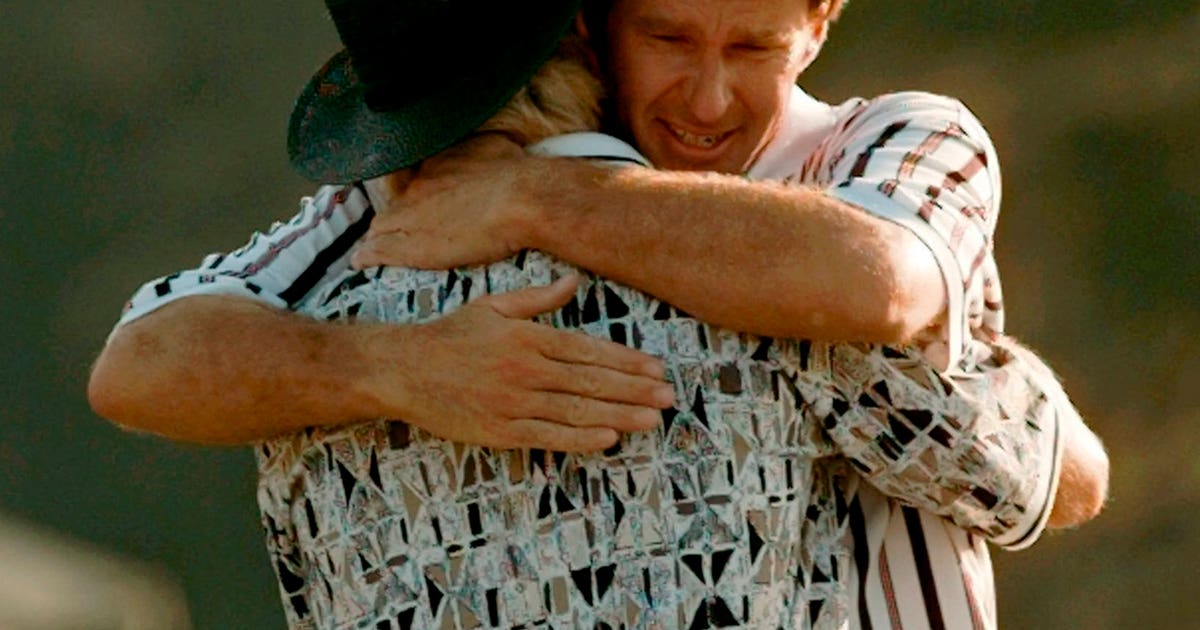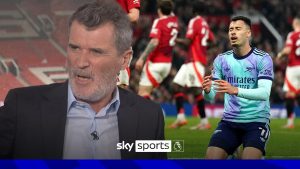Masters heartaches walk the fairways with green jackets


For every fist pump from Tiger Woods, there are images of Greg Norman’s lonely walk across Hogan Bridge as he loses the last of his six-shot lead and heads for more heartache at the Masters.
Jack Nicklaus had his famous charge on the back nine. Ed Sneed infamously lost a three-shot lead with bogeys on his last three holes, and then watched Fuzzy Zoeller win the first sudden-death playoff in 1979.
“All the condolences in the world wouldn’t fix the hurt inside him,” said Tom Watson, who also was in the playoff, as he sat next to a shaken Sneed for an interview when it was over.
At the Masters, players who never slipped on a green jacket can be as memorable as those who did.
Tom Weiskopf holds a footnote in Masters history with the most runner-up finishes — four — without ever winning. He was tied for the lead on the back nine in 1974. He had the lead with three holes to play in 1975 when he made bogey on the 16th hole as Nicklaus went on to a fifth green jacket.
“I know one thing,” Weiskopf said that day. “I will win this tournament one day, and my green coat will be tailor made.”
Curtis Strange didn’t suffer as much as Norman or Weiskopf, or players like Tom Kite, David Duval and Ken Venturi, all of whom had multiple chances. He still thinks about being tied at the turn with Larry Mize in 1987, the year Mize holed a 140-foot chip in a playoff to beat — who else? — Norman.
His Masters memory is more tied to 1985, when he had a four-shot lead on the back nine and twice hit into water on the par 5s as Bernhard Langer won the first of two green jackets.
“In my case, and most others, the sting of defeat lasts longer than the thrill of victory,” Strange said Friday. “Is that a sick way to look at it? Maybe for those who have never been there. But it’s reality.”
That’s true at most big golf tournaments. Even so, Strange believes it is amplified at the Masters because it’s the one major that returns every year to the course, especially one as dynamic as Augusta National.
It takes something spectacular to remember failures at other majors — Jean Van de Velde at Carnoustie, Phil Mickelson at Winged Foot, Mike Reid at Kemper Lakes in the PGA Championship.
Jordan Spieth went wire-to-wire and tied the 72-hole record set by Woods. One year later, he lost a five-shot lead on the back nine, highlighted by a quadruple-bogey 7 on the par-3 12th hole.
Which one is more memorable?
“It goes back to the familiarity every golf fan has with the course,” Duval said. “It’s not like going to Pebble every 10 years, or Oakmont. I think the continuity has a lot to do with it.”
Norman stands out as the face of failure at the Masters, even though Weiskopf has more silver medals. Then again, Weiskopf never lost a six-shot lead as Norman did in 1996. Weiskopf didn’t lose in a playoff to an improbable chip.
Norman contributed to his own failures. Often forgotten are his four straight birdies to tie for the lead in 1986, only to send a 4-iron into the gallery on the 18th and make bogey. He did the same thing three years later, making three straight birdies only to come up short with a 5-iron and hit a poor chip to bogey No. 18 and finish one out of a playoff.
Norman has company, of course.
Venturi shot 80 in the final round of 1956 with a chance to become the only amateur in a green jacket. He lost as a pro four years later when Arnold Palmer birdied the last two to win by one shot.
Duval was in the mix four straight years and never won the green jacket. He missed out on a playoff in 1998 when Mark O’Meara birdied the 18th hole from 20 feet. “Don’t worry, David, nobody ever makes that putt,” chairman Jack Stephens told him as they watched from Jones Cabin.
The run ended in 2001 when Duval was the last player to try to stop Woods from a sweep of the majors. But his 7-iron flew the 16th green — he still doesn’t know how — and his birdie putts from 12 feet and 5 feet on the last two holes didn’t fall.
No loss was more painful to watch than Scott Hoch missing a 2-foot par putt on the 10th hole in a playoff in 1989. Faldo beat him with a birdie on the next hole.
Mention the name Roberto de Vicenzo, and the first thing that comes to mind is not his two-shot victory over Nicklaus in the 1967 British Open. It’s the playoff he missed at the Masters the following spring in the cruelest ruling. The Argentine signed for a 4 on the 17th hole when he made a 3. He had to keep the higher score and lost by one to Bob Goalby.
“What a stupid I am,” De Vicenzo said.
A simple mistake. The wrong kind of memory. There’s no shortage of those at the Masters.







